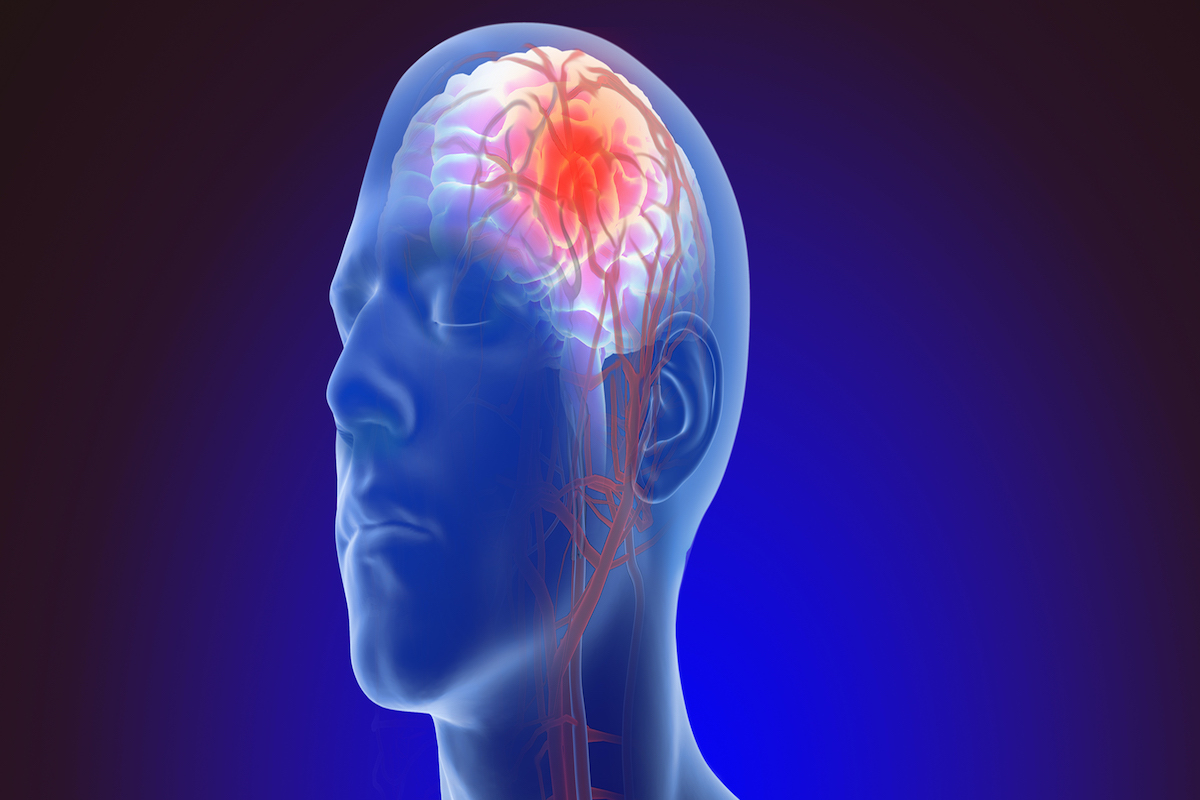The signs of a stroke often appear suddenly, and recognizing them quickly can be life-saving. A helpful way to remember what to look for is the acronym FAST. F stands for face drooping—if one side of the face sags or feels numb, you can ask the person to smile and check if the smile looks uneven. A is for arm weakness—one arm may feel weak or numb, so asking the person to raise both arms can help you see if one drifts downward. S refers to speech difficulty—someone having a stroke might speak unclearly or struggle to repeat a simple sentence. T stands for time to call 911—if you notice any of these symptoms, even if they seem to go away, it’s crucial to call emergency services immediately.

Warning Signs and Symptoms
Other symptoms may include:
-
Sudden numbness or weakness in the face, arm, or leg (especially on one side of the body)
-
A sudden confusion or trouble understanding speech
-
Sudden vision problems in one or both eyes
-
Trouble walking, dizziness, or loss of balance
-
Severe headache with no known cause
Don’t ignore these signs. Even if they last just a few minutes, they could mean a stroke is happening or about to happen.
How Doctors Confirm a Stroke
When someone comes to the hospital with signs of a stroke, doctors need to act quickly to find out what kind of stroke it is. This is important because the treatment depends on the type. The medical team will start by asking about symptoms and checking for risk factors like high blood pressure, heart disease, or diabetes.
Imaging tests like a CT scan or MRI are used to look inside the brain. These scans show whether there is bleeding or a blocked blood vessel. Doctors may also do blood tests to check for clotting problems or infection. An ECG (heart test) or an ultrasound of the neck might be done to check for heart issues or narrowed arteries that could have caused the stroke.
Getting a fast and accurate diagnosis helps doctors begin treatment as soon as possible. Continue reading on the next page and find out how a stroke is treated.
